
A burning smell is one of the most troublesome problems you can experience in a vehicle. If your Chevy Spark has a burning smell, there are many potential causes.
Typically, the smell is caused by some type of fluid (oil, trans fluid, etc…) hitting the exhaust or other hot parts of the engine or something rubbing where it shouldn’t be. A burning rubber smell is almost always, in fact, burning rubber.
Here are the most likely causes of a burning smell in the Chevy Spark.

Burning Smell Quick Diagnosis Chart
Click any “Cause” to jump to the section of the article that best matches the burnt smell symptoms your Chevy Spark is experiencing.
| Cause | Smell Type | Check Engine Light? | Change in Spark’s Behavior? |
|---|---|---|---|
| Serpentine Belt | Burning Rubber | Never | Squealing |
| Melting Hoses | Burning Rubber, Antifreeze (Sweet) | Maybe P0125, Low Coolant | Steam from the engine, may run rough |
| Sticking Brakes | Rotten (Burnt) Egg | No | Pulls in one direction |
| Oil on Exhaust | Burning oil | No | It happens only after the engine warms up |
| Using Oil | Burning Oil | Maybe an O2 sensor-related code | Black or blue smoke from the tailpipe |
| AC Compressor | Burning Oil | No | No AC, maybe a significant drop in RPM when turning the AC on |
| Overheating | Burning Oil, Maple Syrup | Temp Warning Light | Steam may come from the engine |
| Road Debris | Burning Plastic, Burning Rubber | No | You may hear something rubbing |
| Electrical Issue | Burning Plastic | Maybe (Open Circuit Codes) |
Serpentine Belt
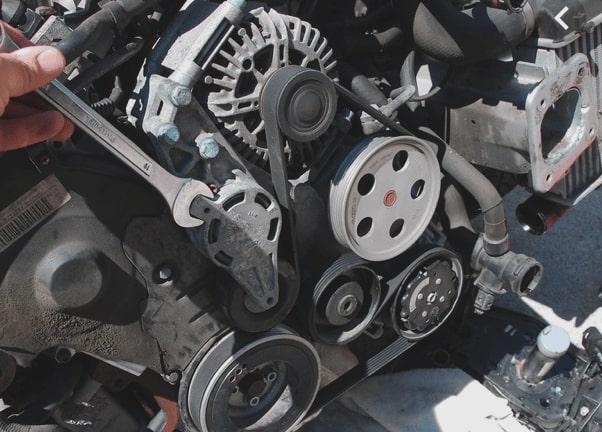
Smell Type: Burning Rubber. Usually accompanied by a squeal.
A slipping serpentine belt is the most common cause of a burning rubber smell coming from your Chevy Spark. It’s either slipping, or something is rubbing against it.
Your car’s serpentine belt turns the water pump, alternator, power steering pump, and A/C compressor. If one of these starts locking up, the pulley won’t turn, and the belt will burn up. It’s usually not long before the damage is so significant that the belt breaks.
Fix
Look under your Spark’s hood with the engine off (avoid the electric fan even with the key off). Inspect the serpentine belt to verify that nothing is rubbing against it.
Is the belt shiny and cracked? This would indicate that the belt is slipping. Replacing it involves loosening the tensioner and putting a new one on.
Usually, the most challenging part of this process is rerouting the belt. First, take a picture of the route if there isn’t a schematic under the hood.
Something in your engine bay may be rubbing the serpentine belt. This often happens when one of your engine accessories begins to lock up. You should hear a squeal from the serpentine belt as this is happening. It’ll smell heavily of burnt rubber.
Your Chevy Spark’s A/C compressor may have its own belt. Look at the balancer and ensure there isn’t a second belt.
Melting Hoses
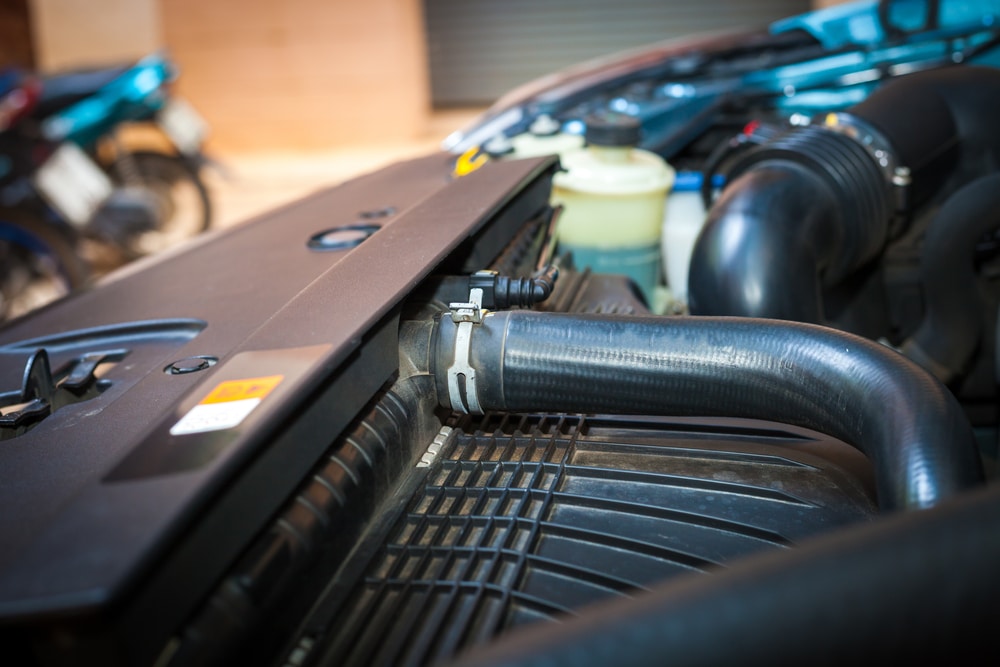
Smell Type: Burning rubber or a sweet smell. Engine performance will usually take a hit. It’s almost always evident.
Many hoses run to various portions of your car’s engine. With today’s tight engine compartments, rubber hoses have an exact place they need to be.
They are kept in place by a series of nuts and bolts, pins, and keepers. They could rub the engine or get melted by the heat from the exhaust manifolds if they get loose.
Fix
Perform a visual inspection of your Spark’s engine compartment. Pay particular to where anything might be touching the exhaust. Also, look out for hot antifreeze that could be sprayed from a hose.
Sticking Brakes
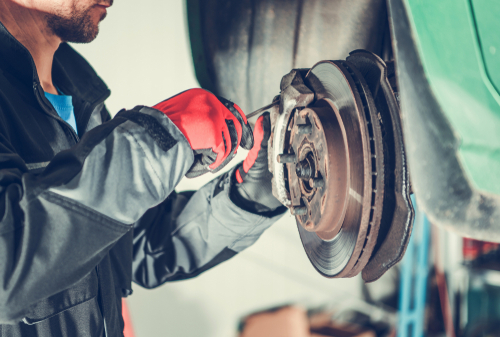
If your Spark has sticking brakes, they’ll heat up and cause a relatively strong smell. It’s often described as a rotten egg smell.
This typically happens when a caliper sticks (disc brakes) or a wheel cylinder fails (drums).
Fix
You’ll need to determine which brake is sticking. Your Spark should be pulling left or right. The brake in question should be glazed. It’ll also be hotter after driving and could very well be smoking.
Repair the brakes or brake lines to stop the smell.
Oil on the Exhaust Manifold
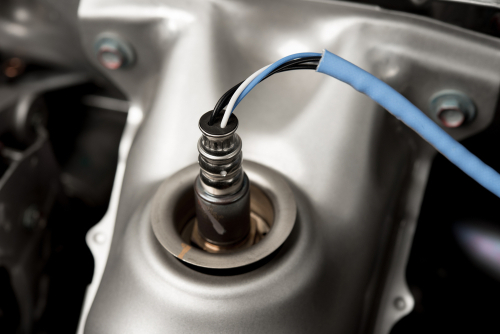
Smell Type: Burnt Oil. The smell should be coming from the engine, but not until it warms up.
Another reason you may experience a burning smell coming from your Spark is oil on the exhaust. It’s almost always caused by oil leaking from the valve covers onto the exhaust manifold.
Fix
Look under the hood with the engine cold and off. You should be able to see evidence that oil is leaking. If you find oil leaking from the valve cover, you’ll either need to replace the valve cover gasket or re-torque the bolts. They can loosen after years of vibration.
When this is the case, you should always smell the burning smell, and it should be strongest coming from the car’s engine bay. You’ll notice it more at lower speeds than at high speeds.
Burning Oil in the Combustion Chamber
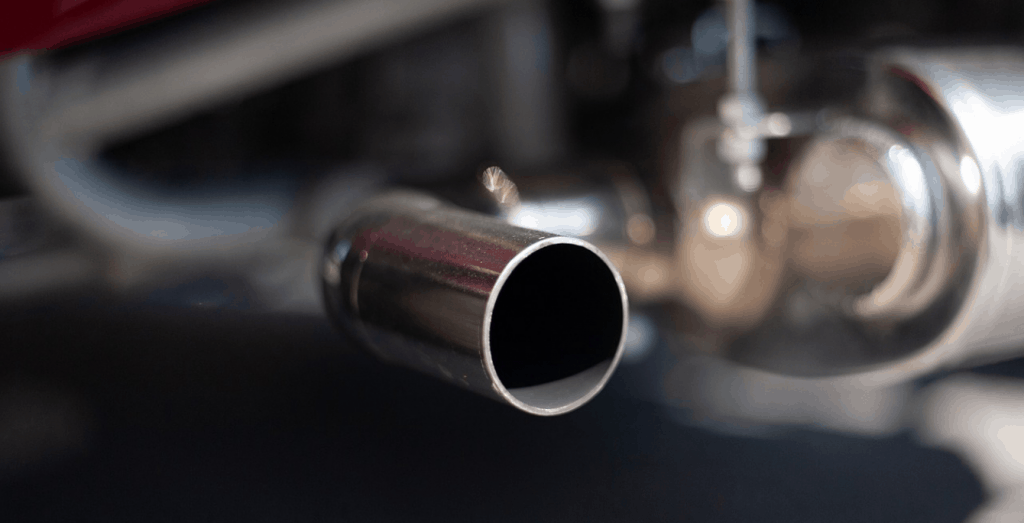
Smell Type: Burning Oil. The smell comes from the tailpipe. There should be blue or black smoke.
Another prevalent reason for a burning smell is burning oil. So if your Spark is burning oil, you should be able to smell it the most from the tailpipe.
It should also be accompanied by blue smoke, and the oil level should also go down. You may see soot above the exhaust pipe or fender, depending on where the exhaust exits on your Spark.
Fix
Burning oil is typically caused by a bad PCV system, piston rings, or valve guides. There’s plenty on diagnosing this issue in the articles linked above.
A/C Compressor
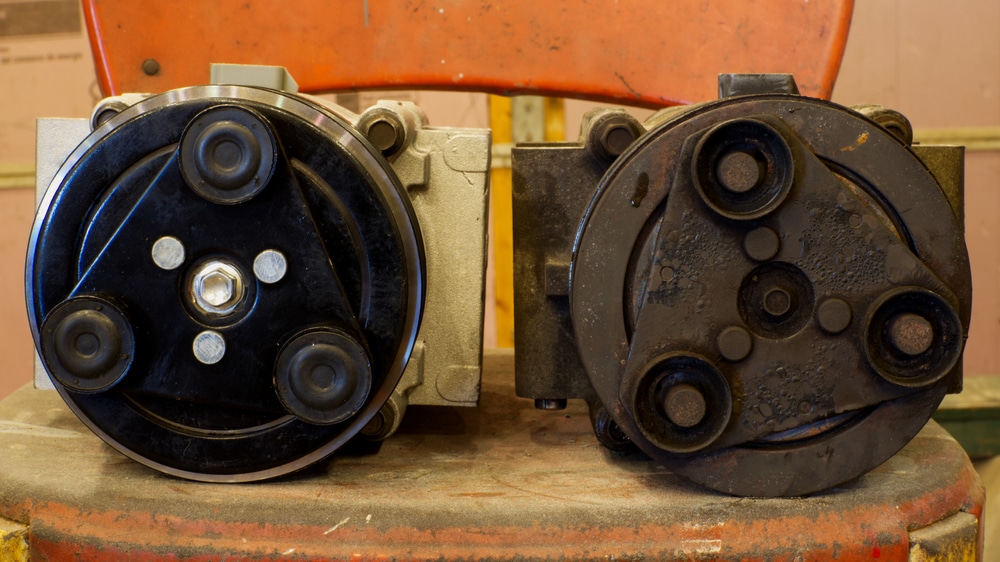
Smell Type: Burning Oil. Usually, the AC won’t work.
Your Spark’s air conditioner is powered by a compressor that moves refrigerant through the system. Refrigerant has more than one function. Besides the obvious, it also lubricates the compressor.
If the refrigerant level gets too low, the compressor will begin to burn up, and you’ll have a burning smell that is often described as burning oil.
Fix
If the compressor isn’t too far gone, repairing the leak and recharging the system will fix the problem. Your Chevy Spark may require a new AC compressor to stop the burning smell, though.
Fixing a bad A/C compressor in a car can be a big job, but it can be done with the proper knowledge and tools. The first step is identifying the exact problem and determining if the compressor is faulty or needs to be adjusted. This may require some troubleshooting and diagnostic work.
Overheating
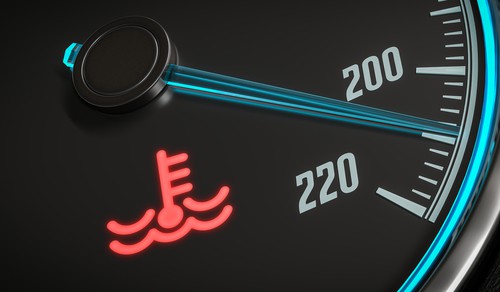
Smell Type: Burnt Oil, Sweet (Antifreeze). The temp gauge should be spiked. Don’t drive like this. You can do severe damage to your Spark’s engine.
Two things cause the burnt smell from an engine overheating. The first is the coolant itself. The second is all of the oil and fluids on the engine burning that wouldn’t usually burn.
You should check your car’s temperature gauge and ensure the coolant level is okay. Never trust a warning light entirely. The signs of overheating include the terrible smell, and if it gets bad enough, white smoke will pour out from under the hood.
Fix
Diagnosing an overheating engine can be tricky, so it’s essential to be thorough. The burnt smell coming from your Spark’s engine, plus a high reading from the thermostat, is enough evidence to investigate the cooling system.
Inspect the engine bay and look for any obvious signs of malfunction. Check the radiator overflow to confirm there’s still coolant in the system. Also, check for any fan belts that may have slipped or shredded, as well as any clogged hoses that could prevent coolant from circulating properly.
Check the radiator to ensure it hasn’t sprung a leak, as this is one of the most common causes of an overheating engine. Also, look closely at the hoses leading from and to the radiator.
A thermostat that’s stuck closed can also cause your Spark’s engine to overheat, as it won’t let coolant into the engine.
Road Debris
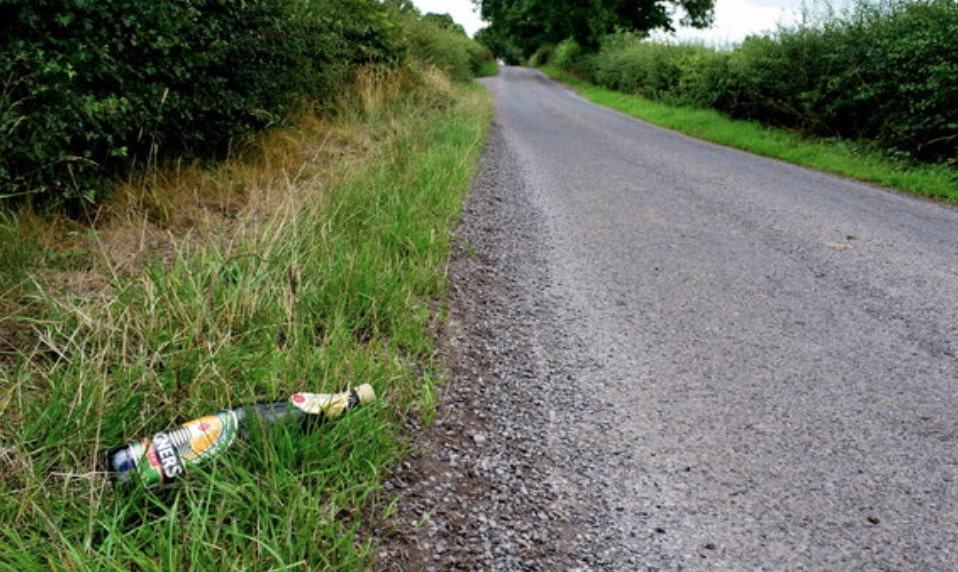
Smell Type: Burning Rubber or Burning Plastic. You’ll usually hear if something is rubbing.
There is plenty of trash blowing around the highways. Given enough time, your Chevy is going to pick something up.
One of the most common things is picking up a shopping bag in your Spark’s radiator. This will cause the engine to run hot or overheat.
It’s also reasonably common for trash to stick to the exhaust, then smolder and burn. Make sure your Spark is cool before inspecting it for any wayward debris.
Electrical Issue
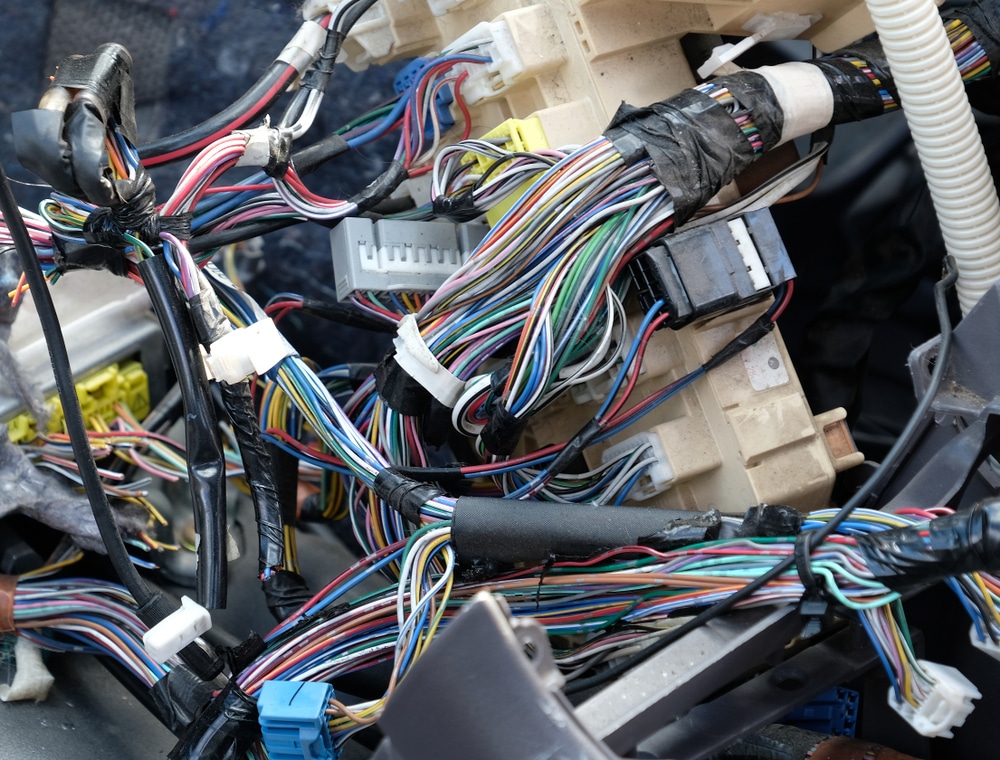
If you happen to fry one of your Spark’s fuses, or if an electrical circuit is damaged, you may smell a brief burning smell.
Burnt Smell Chevy Spark: Diagnostic Tips
Here are some practical steps that you can take to help you narrow down where the burning smell is coming from:
- Inspect the exhaust system and radiator for debris. Make sure your Spark is cold before touching anything.
- Is there an oil leak? Look for a pool of oil where you usually park. If the oil is making it to the ground, some of it may be burning on the exhaust.
- How does the serpentine belt look? It should feel grippy and not be cracked or smooth.
- Look at the exhaust. Does it have an overabundance of smoke? Does it look extra blue or white to you?
- How is the oil level? Does it appear that you are consuming oil?
Conclusion: Spark Burning Smell
There are many reasons your Chevy Spark may have a burning smell. Hopefully, with a little observation and the list above, you’ll be back on the road in no time.
